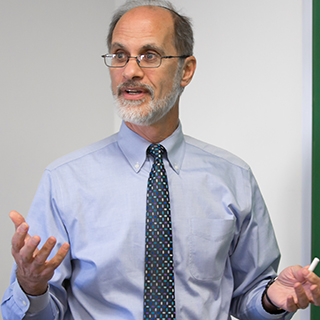Patient Change, Slow Influence: The Model of the Rabbis of Late Antiquity

Part of the series, The Dynamics of Change
With Dr. David Kraemer, Joseph J. and Dora Abbell Librarian and Professor of Talmud and Rabbinics, JTS
Perhaps the most important change-agents in all of Jewish history were the Rabbis of Late Antiquity. It is they who transformed Judaism—and Jews—from a Temple-based religion to one that needed no Temple. But the Rabbis were the “new kids on the block” when the Temple was destroyed, small in number and with no authority of influence. A common “Jew on the street” who met a Rabbi after the Temple’s destruction would likely have said, “Why should I listen to you?” True, it was the Rabbis who defined the forms and values of Jewish practice for generations to come, but their way was not accepted by Jews at large for centuries! How did the Rabbis go from being a barely noticeable fringe group to the respected authorities for most Jews? This is the question we seek to answer in this session, exploring a model of patient change and slowly growing influence that is instructive to this day.
ABOUT THE SERIES
The Dynamics of Change
Change is an integral part of life and a central feature of the Jewish experience. Join JTS scholars for an in-depth exploration of significant changes—religious, political, and personal—throughout Jewish history and life. Together we’ll consider core questions such as: What inspires change? What circumstances are most conducive to change, and what (or who) drives it? How do we experience change and adapt to its impact? How can Jewish values and ideas inspire us to change the world for the better?



